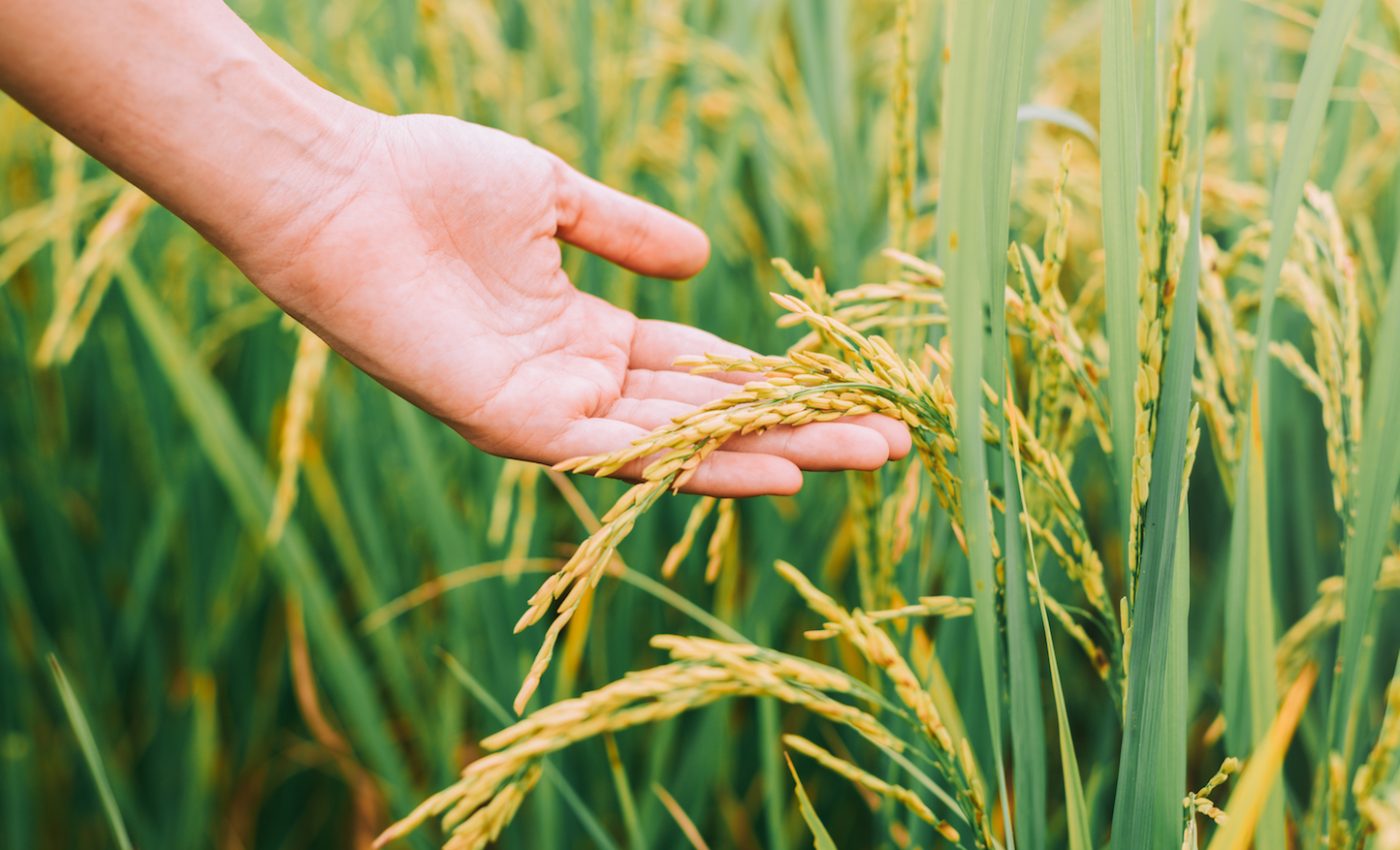
New method to increase crop growth can help feed growing population
New advances will be crucial to successfully feed a growing population while using less water on shrinking acreage and while grappling with a changing climate.
But according to recent research published in Science, a new method increased crop growth by 40 percent after scientists created a shortcut for a glitch that affects most food crops.
Donald Ort, the Robert Emerson Professor of Plant Biology and Crop Sciences at Illinois’ Carl R. Woese Institute for Genomic Biology, will present the breakthrough this weekend at the American Association for the Advancement of Science (AAAS) annual meeting, which, this year, is themed around “Science Transcending Boundaries.”
“Plants have to do three key things to produce the food we eat: capture sunlight, use that energy to manufacture plant biomass, and divert as much of the biomass as possible into yields like corn kernels or starchy potatoes,” Ort said. “In the last century, crop breeders maximized the first and third of these, leaving us with the challenge to improve the process where sunlight and carbon dioxide are fixed — called photosynthesis — to boost crop growth to meet the demands of the 21st Century.”
This breakthrough is part of the Realizing Increased Photosynthetic Efficiency (RIPE) project, in which scientists are engineering crops to photosynthesize more effectively to sustain worldwide food productivity growth.
“Land plants evolved with a biochemical glitch whereby a photosynthetic enzyme frequently captures oxygen instead of carbon dioxide, necessitating a convoluted and energy-expensive process called photorespiration to mitigate this glitch,” Ort, deputy director of the RIPE project, explained. “Crops like soybean and wheat waste more than 30 percent of the energy they generate from photosynthesis dealing with this glitch, but modeling suggested that photorespiratory shortcuts could be engineered to help the plant conserve its energy and reinvest it into growth.”
Researchers borrowed genes from algae and pumpkins to create three alternate routes to replace the circuitous native photorespiration pathway in tobacco. Having achieved this, the team hopes to try the exact same engineering process on soybean, cowpea, rice, potato, tomato, and eggplant crops.
“It is incredible to imagine the calories lost to photorespiration each year around the globe,” Ort said. “To reclaim even a portion of these calories would be a huge success in our race to feed 9.7 billion people by 2050.”
Ort added that it will take at least 15 years to translate these new technologies to food crops and approve the process to be used by farmers. However, when that does happen, RIPE and its sponsors will ensure that smallholder farmers, specifically those in Sub-Saharan Africa and Southeast Asia, will obtain royalty-free access to this engineering process.
—
By Olivia Harvey, Earth.com Staff Writer
Paid for by Earth.com














